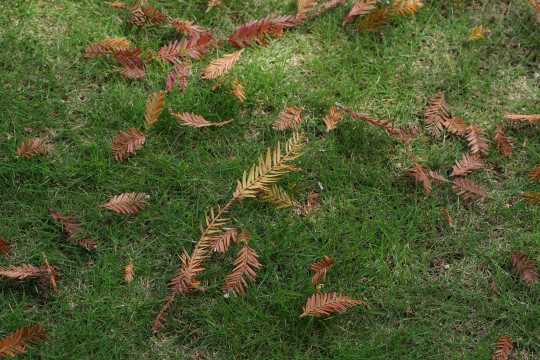Lawn Grub or Army Worms are a common and troublesome pest for many gardeners and farmers. These pests can quickly decimate a lawn or crop if left unchecked, but understanding their life cycle can help break the cycle and prevent infestations.
Army Worms are the larval stage of a moth in the Noctuidae family. They are named for their behavior of moving in large groups like an army, devouring everything in their path. These voracious pests typically lay their eggs in the soil of lawns or fields, where they hatch into larvae known as Army Worms.
The life cycle of Army Worms varies depending on environmental conditions, but typically they go through four stages: egg, larva, pupa, and adult. The eggs are usually laid in clusters on plants or in the soil and hatch into larvae within a few days. The larvae feed on grass or crop plants for several weeks before pupating in the soil. After a couple of weeks in the pupal stage, the adult moth emerges and the cycle begins again.
Breaking the cycle of Army Worms involves several strategies. One of the most effective methods is to monitor your lawn or fields regularly for signs of infestation. Look for patches of grass that appear chewed or brown, as well as droppings that may indicate the presence of Army Worms. If you suspect an infestation, it is crucial to take action quickly to prevent further damage.
Another key strategy is to encourage natural predators of Army Worms, such as birds, wasps, and other beneficial insects. Providing a diverse habitat with plenty of plant species can attract these predators and help keep Army Worm populations in check. Additionally, rotating crops or changing the type of grass in your lawn can disrupt the life cycle of Army Worms and reduce their numbers.
Chemical control is also an option for managing Army Worms, but it should be used as a last resort. Pesticides can be harmful to beneficial insects and the environment, so it is crucial to use them sparingly and according to label instructions. Insecticides containing Bacillus thuringiensis (Bt) are often effective against Army Worms and are considered safer for the environment.
In conclusion, understanding the life cycle of Army Worms and how to break the cycle is essential for managing these pesky pests. By monitoring your lawn or fields for signs of infestation, encouraging natural predators, and using chemical control only when necessary, you can keep Army Worms at bay and protect your plants from damage. Remember, prevention is key when it comes to managing Lawn Grub or Army Worm infestations.
For more information on Lawn Grub or Army Worm contact us anytime:
PESTMAC Pest Control Solutions
https://www.pestmac.com.au/
Sydney, Australia
Rainy seasons and moist environments implicates the presence of pests drawn to these conditions. Learn about the steps you can take against these invaders by reducing humidity, clearning the gutters and vegetation against the house, but to also acccess professional pest control applications that stays effective even during moist and wet rainy periods.

